No questions found
The diagrams show a plant at the start of an experiment, and the same plant two weeks later.
Which characteristics of living organisms are demonstrated by this experiment?
Donkeys and zebras are different species. They can breed to produce an animal called a zedonk.
Zedonks are not fertile.
Which statement is correct?
Which feature is characteristic only of birds?
Which features do animal cells share with plant cells?
[Table_1]
The diagram shows an animal.
Use the key to identify the animal.
1 wings present ............................ go to 2
wings absent ............................ go to 3
2 one pair of wings visible ..................... A
two pairs of wings visible ..................... B
3 three pairs of legs ............................. C
four pairs of legs ............................. D
At which level of organisation is a root?
Which process requires energy from respiration?
Which identifies the chemical elements found in proteins?
Enzyme X digests protein in the stomach.
Four test-tubes were set up, each contained the same amounts of protein and enzyme X. The test-tubes are kept at different levels of pH and temperature, as shown in the table.
In which test-tube will protein digestion be quickest?
Which substance is used up in photosynthesis?
The diagram shows a leaf as seen in cross-section under the microscope.
What are tissues 1, 2 and 3?
The pie charts show the composition of 100g of four different foods.
Which food provides the most energy?
In which part of the alimentary canal is most water absorbed?
The diagram shows an experiment kept at room temperature.
What is present in the water surrounding the membrane after 45 minutes?
The diagram shows a cross-section through a plant root.
What is found at Q and R?
The diagram shows a vertical section through a human heart.
What are X and Y?
The table shows the concentration of red blood cells, white blood cells and platelets in the blood of four patients.
Which patient is most likely to have a deficiency of iron in their diet \textbf{and} will find it difficult to form a blood clot?
[Table_1]
Campylobacter is a bacterium that can cause food poisoning.
Which word describes Campylobacter?
What is the sequence of structures through which a molecule of oxygen passes from the air to the blood of a person?
1 bronchiole
2 capillary
3 alveolus wall
4 larynx
Which process releases heat to maintain a constant body temperature?
Which process releases the most energy from one molecule of glucose?
The diagram shows a simple reflex arc.
What is the correct order of events after the knee is tapped?
When a bright light is shone into the eye, the diameter of the pupil decreases. What is this an example of?
The diagram shows a seedling, fixed to a rotating platform. Light is directed from one side only.
The platform was allowed to rotate for two days. It was left stationary for a further two days.
Which diagram shows the appearance of the seedling after this four-day period?
A patient has dye injected into the blood supply to his kidneys.
The dye appears in his excretory system as shown.
Which part is blocked?
Which organ breaks down alcohol?
The diagram shows reproduction in a potato plant.
Which process is shown?
The diagram shows part of a flower. Where does fertilisation occur and where are the ovules and pollen grains found? [Table_1]
Which method of birth control can be used as a barrier to sperm and sexually transmitted diseases during sexual intercourse?
The diagram shows a plant cell. Where are the chromosomes found?
Which statement describes human cells formed by meiosis?
Pea plants have two alleles for height. T is tall, t is short.
Two heterozygous pea plants, Tt, are crossed.
What is the phenotypic ratio of the offspring for this cross?
The graph shows the heights of humans. Which statement is correct?
What is a mutation?
Consumers take in carbon atoms from their food.
How do carbon atoms leave the consumers?
[Table_1] with key showing \( \checkmark \) = yes and \( \times \) = no
Which process is part of the water cycle?
A gene for insulin is taken from a human cell and placed in a bacterium.
The bacterium can then make human insulin.
What is this process called?
Some examples of how areas of land may be used are listed:
1. food crop production
2. grazing cattle
3. house building
4. tree planting.
Which uses of land will cause habitat destruction?
What are the possible effects of deforestation?
[Table_1]
The bloodworm is an organism that is found in heavily polluted water. The diagram shows where raw sewage flows into a river.
Where would there be fewest bloodworms?


















